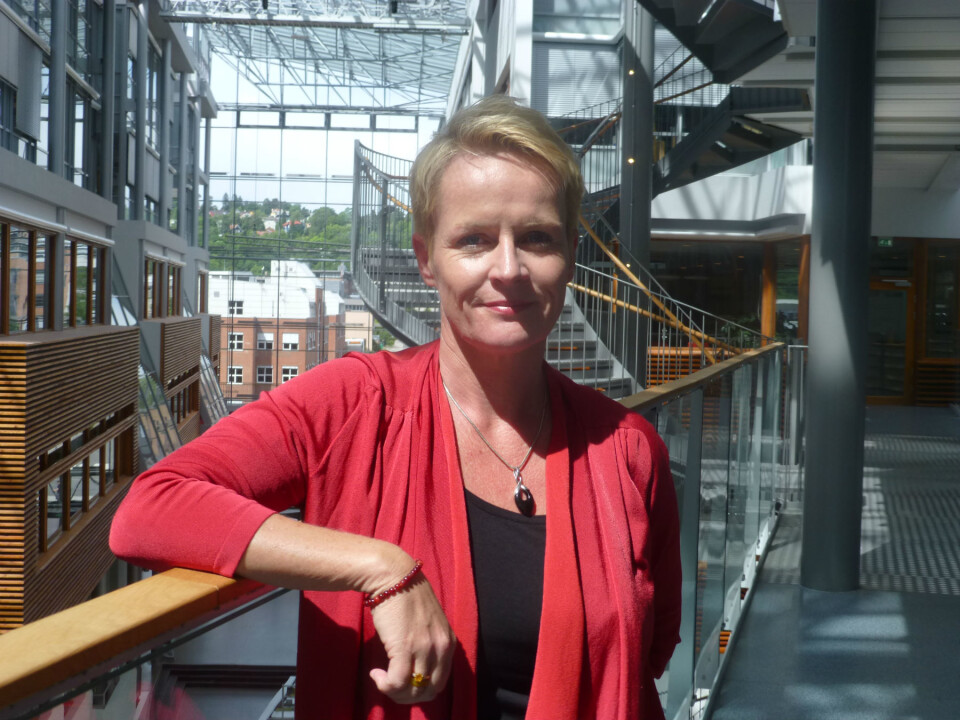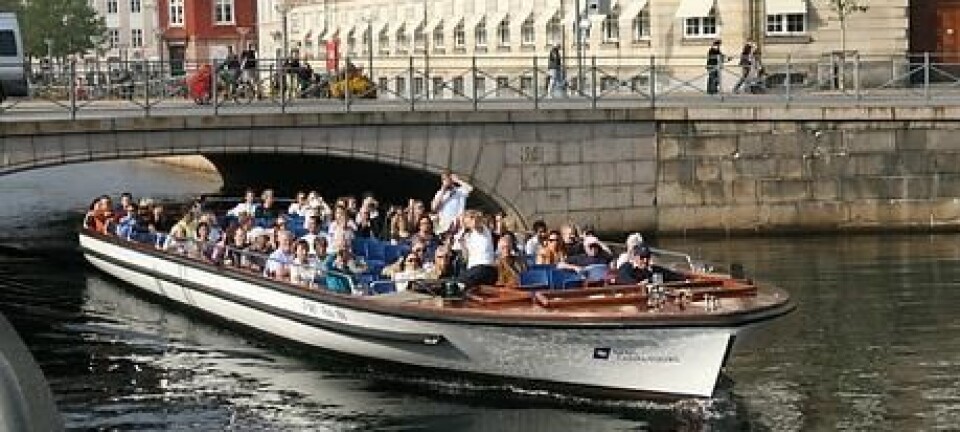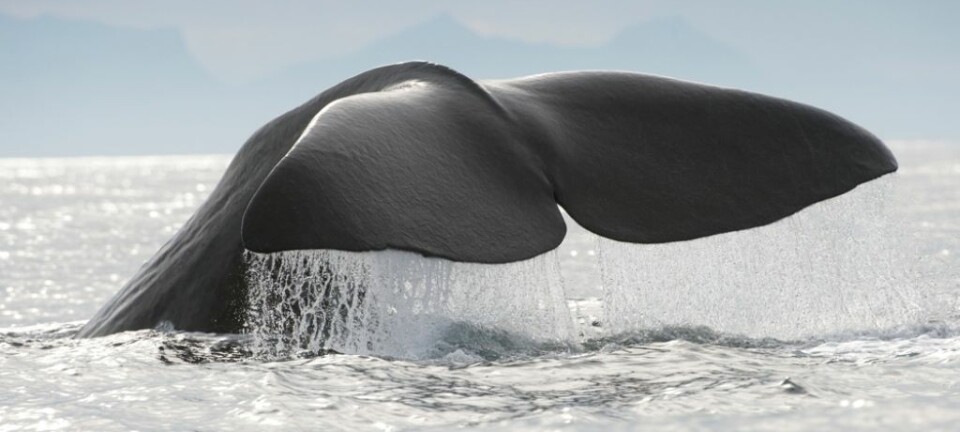This article was produced and financed by BI Norwegian Business School
What makes us pay for play and pleasure?
Norwegian researcher has identified seven characteristics of brilliant experiences.
Denne artikkelen er over ti år gammel og kan inneholde utdatert informasjon.
When purchasing goods and services, consumers do not just think of usefulness. We see it as increasingly important to satisfy our desire for enjoyment, and we are happy to pay for experiences that stimulate our senses, emotions and intellect. The consumption of experiences is becoming more and more central in our economy.
In her PhD project at BI Norwegian Business School, researcher Susanne H. G. Poulsson has studied the nature of experiences, and what it is that creates value for consumers who buy experience products. This is a pioneer work in the new and relatively unexplored field of experience economy.
From high culture to extreme sports
Poulsson has conducted field studies of 15 very different attractions and activities in five countries on three different continents. She has explored everything from high culture to extreme sports, Zen gardens, luxury safaris, museums, galleries and dark bingo halls.
The researcher has conducted in-depth interviews with visitors to the selected activities in order to uncover and identify the underlying factors and mechanisms that help create value in this type of products.
Different from services
In her study, Susanne H. G. Poulsson uncovers a key distinction between service products and experience products. The two categories meet very different consumer needs.
There are crucial differences between what we want and what creates value for us when we purchase services from e.g. a bank, garage or dentist, and what creates value when we are after experiences in the form of thrills, shows, travel attractions, culture and entertainment.
When we buy service products, we are looking for help in solving a task, we are keen to save time and energy, and we want to be sure we get the right thing. We buy services because they are useful to us.
Enjoyment more important
When buying experience products, we are less interested in usefulness and all the keener on enjoyment. In this field, consumption is driven not so much by material needs as by psychological wishes.
“Experiences are what we buy when seeking to enrich our lives in various ways,” the experience researcher explains.
Models for developing successful service products cannot necessarily be used to develop experience products, Poulsson’s research shows.
On the track of magical moments
Experience products have, according to Poulsson’s study, three main characteristics. These may be summed up as follows:
- A promise of pleasure, flow and magical moments.
- The need for physical and mental presence.
- A process consisting of interaction between the consumer and the experience product (co-creation).

The visitor invests time and is involved in creating the experience. The magic is created in the interaction between external stimuli and how each visitor perceives them. This is a personal and subjective process. For this reason, different visitors might see the same experience in very different lights.
In other words, companies in the experience business must think in terms of developing products which evoke involvement and emotions that make each visitor take part in creating the experiences.
Seven characteristics
Poulsson has identified seven factors that create experience value for a visitor:
- The social setting. The social aspects promote and enhance experience values. There might for example be interaction and a sense of belonging. Being present with others and feeling that one belongs together by sharing an experience, will increase its value.
- Appealing to the senses. Varied, intense and unusual stimuli of many senses promote and enhance the experience value.
- Novelty value. New and different things help promote and enhance the experience value.
- Challenges. Elements that challenge the visitor promote the experience value. Such challenges might be tasks that are hard, but not impossible to solve.
- Participation and interaction. The experience value increases when the visitor is allowed to join in the game (interaction). This might be through direct participation, an opportunity to impact and receive feedback on how he or she did.
- Thrills and surprises. Thrills and surprises evoke and enhance experience values. This might be done by building up expectations and then meeting them.
- Storytelling and drama. Devices such as plot, character, conflict and message provide structure and context and give meaning to events and factual information. This promotes and strengthens the experience.
An experience does not need a top score for all the seven dimensions that create brilliant experiences.
“But you need a high score and you must provide something out of the ordinary in at least one of these dimensions in order to offer something that actually creates value for your customer,” says Poulsson.
------------
Read the Norwegian version of this article at forskning.no



































